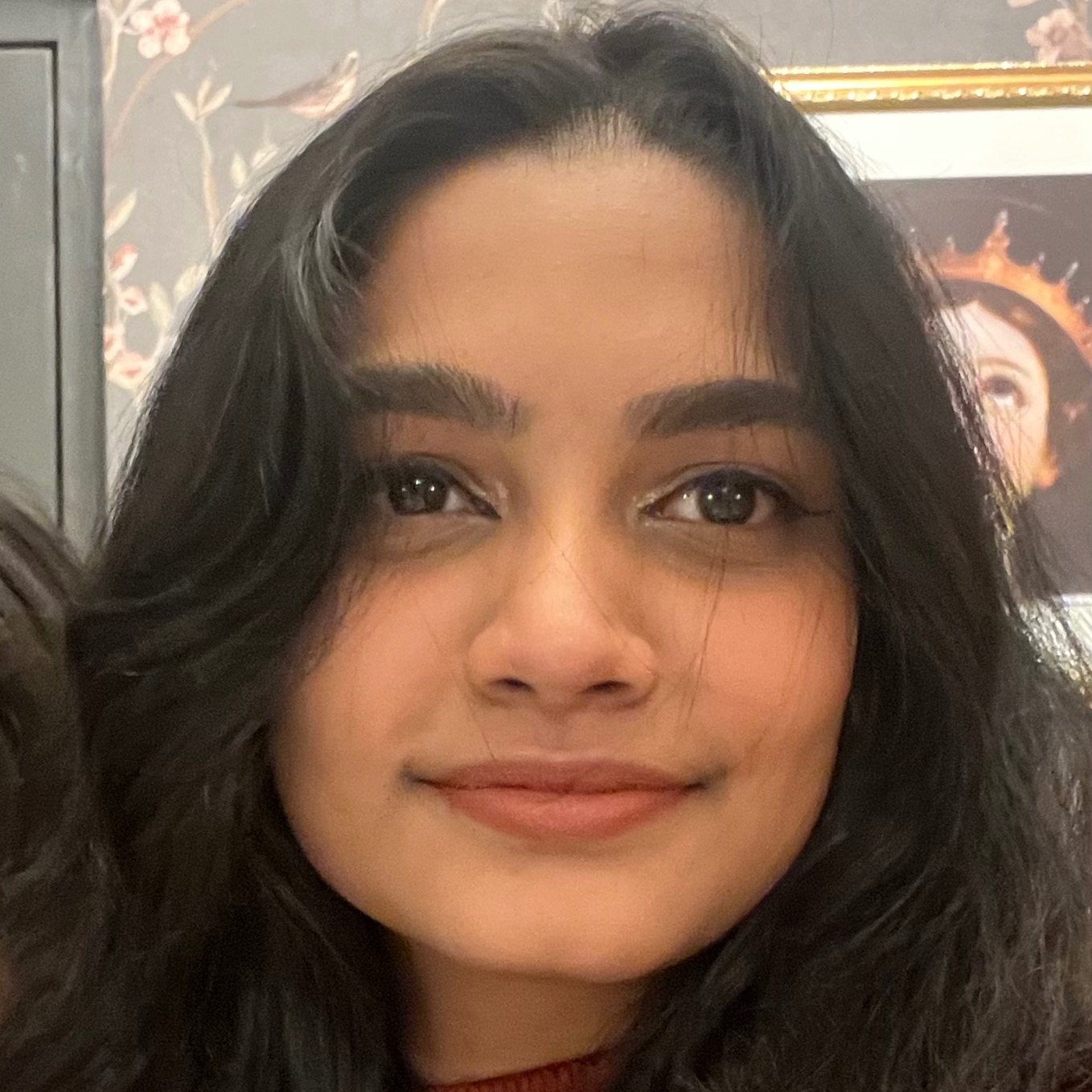Interview Questions
Robyn AI
Social Media Intern

What’s one brand or account that’s crushing TikTok/IG right now — and why?
One brand that’s absolutely crushing it on TikTok and Instagram right now is Starface—the pimple patch brand with the little yellow stars.
Here’s why they’re winning:
They’ve nailed “brand as character”: Starface doesn’t just sell skincare, they post chaotic, fun memes. Their tone is conversational, quirky, and funny—which is exactly what lands on Gen Z’s “For You” page.
Their visuals are instantly recognisable: The yellow aesthetic, smiley stars, bubbly fonts—it’s consistent without being boring. Even if you scroll past a post, you know it’s Starface. That kind of visual branding is huge for retention.
They’re not afraid to be weird: From stitching trending audios with oddly satisfying pimple patch ASMR to making fun of skincare culture, they lean in to Gen Z humor (aka slightly self-deprecating + very online) instead of trying to sound corporate or overly polished.
Community-driven content: They repost customers' selfies with the patches, celebrate skin in all its realness, and create a space where acne isn’t shamed—it’s accessorized. That kind of relatability builds trust and FOMO.
So they’re not just doing skincare marketing. They’re creating a micro-culture and that’s what makes them stand out on saturated platforms like TikTok and IG.
Robyn AI
Social Media Intern

Can you SHARE/discuss a successful social media campaign you've worked on in the past and what made it effective?
One of the most successful campaigns I’ve worked on was during my internship at a boutique PR agency, where I helped run a lifestyle campaign for a local brand launch. Our goal was to build buzz around a new wellness product without a huge budget, so we focused on micro-influencer partnerships and UGC-style content to keep it authentic and relatable. I helped source creators, managed outreach, and drafted key messaging to keep everything on-brand. What made the campaign effective was a few things:
Timing: We launched during a seasonal wellness trend (early January = New Year energy = prime scroll time).
Format: Instead of polished ads, we leaned into casual, TikTok-style content—which felt more native and got 20,000+ organic views across Instagram and TikTok.
PR Integration: We also secured 10+ media placements in local digital press by pitching it as part of a bigger “Gen Z wellness wave” trend—tying the product to something cultural, not just commercial.
The biggest win? The brand saw a 30% spike in web traffic during the campaign window, and one of the influencer posts even went semi-viral on TikTok with 10k+ likes in 24 hours.
That experience taught me how to mix strategy with social intuition—understanding how people actually use platforms, and crafting content that blends into their scroll, not interrupts it.
Robyn AI
Social Media Intern

Let’s say you’re in charge of making Robyn go viral. What’s your first move?
First, I’d turn Robyn AI into more than just a product—I’d give it a personality. In today’s digital landscape, virality comes from emotional connection and relatability, not just features. So Robyn wouldn’t just be a tool; it’d be your smart, slightly sassy digital best friend who keeps you productive, and understands you emotionally. My first strategic move?
Build Buzz with Persona & Memes: We’d start by seeding relatable content across TikTok and Instagram—things like robotic voiceovers, faux text threads, or POV reels.
By turning Robyn into a meme-able archetype, we tap into the virality of digital humor and Gen Z’s obsession with smart, sarcastic AI personalities (see: Duolingo, Ryanair, ChatGPT memes).






